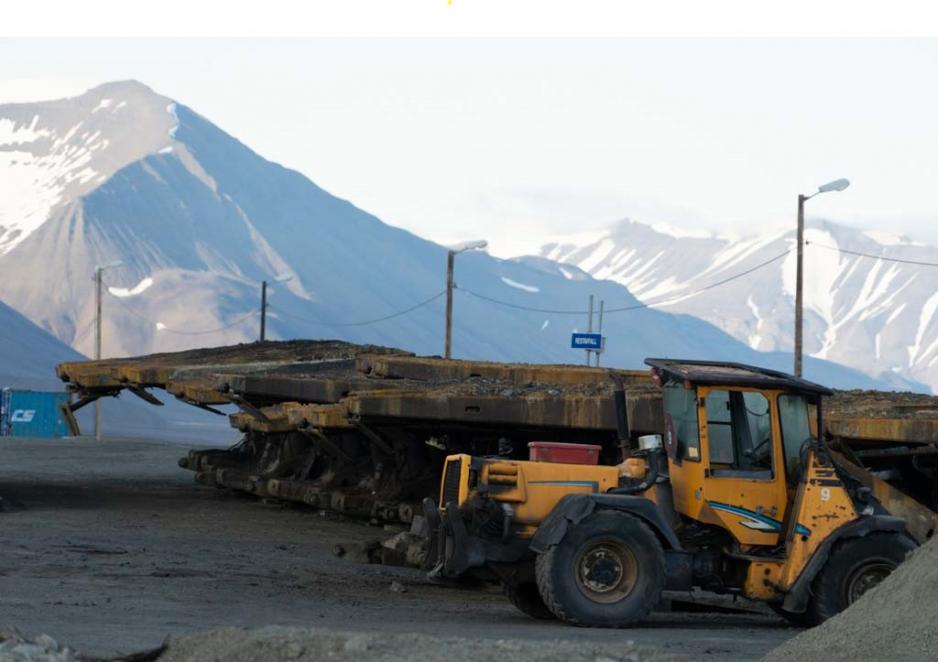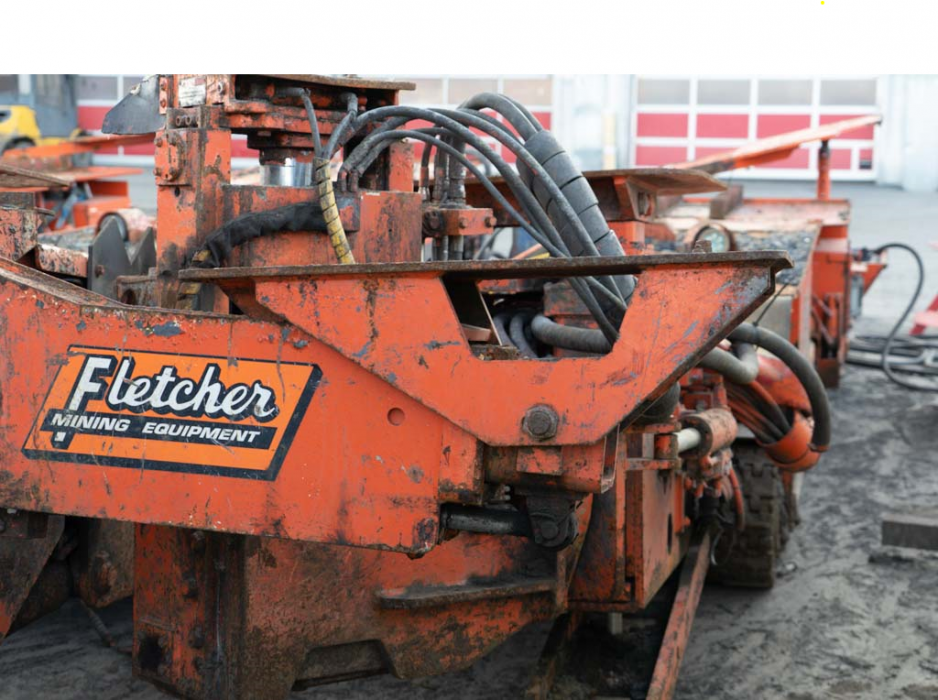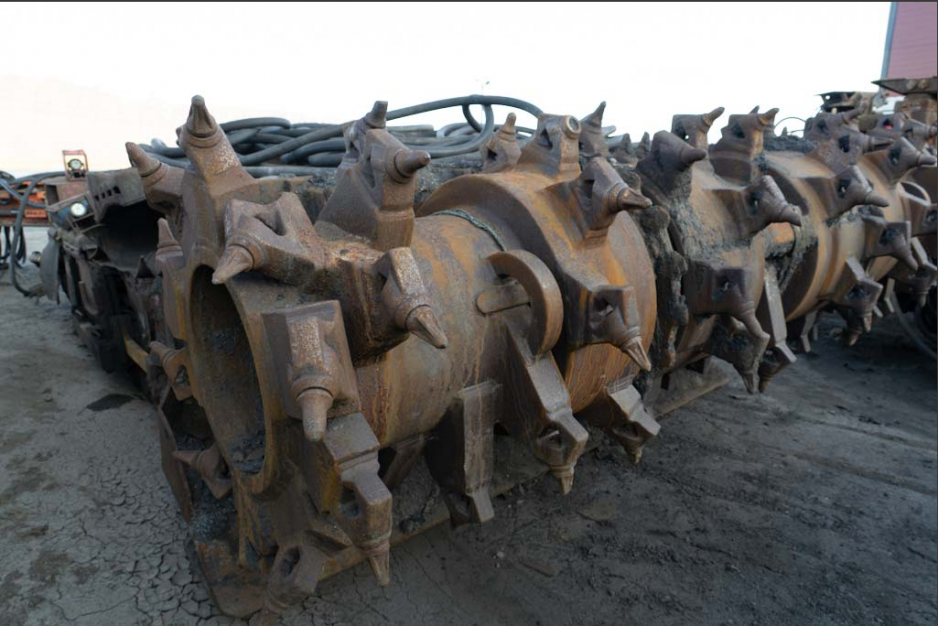Svalbard: Mining Equipment May Be Sold at Bargain Prices Because It Is Cheaper Than Managing It as Hazardous Waste

The clean-up process after mining on Svalbard is well underway. (Photo: Martin Øen)
Equipment from Svalbard may be sold at bargain prices to coal-producing countries. Some argue that this makes the overall environmental benefit dubious, whereas others argue that it is better for coal-producing countries to reuse equipment rather than buy new.
The Svalbard mining society will soon only exist in history books. The government has, with massive support from parliament, decided to shut down the mines in Svea. The reason is purely financial; producing coal on Svalbard is simply not profitable. The final nail in the coffin came through the 2018 State budget.
Attempts at reviving the issue have stranded.
And last March, the extensive clean-up process started. It has an estimated cost of NOK 2.5 billion (€ 250 million).
Since then, an extensive cleanup process has taken place in Svea and Lunckefjell, a process of comprehensive sanitization and returning areas to their former natural status at a rate more or less unprecedented in Norway.
Bargain hunt
There has been a veritable influx of buyers from the coalmining industry in Turkey, Australia, France and Poland looking for opportunities to bargain deals so that their own coalmines may produce more.
Equipment may now be sold at bargain prices in return for the buyer’s collecting them, as that is cheaper than treating the equipment as scrap metal or hazardous waste.
Some argue that this makes the overall environmental benefit dubious.
“Offering equipment eating coal. Tons of stuff ready for new mines in faraway places. Lucky Norway gets to clean its consciousness. Now the equipment may be used to extract low-quality energy coal in other countries, whereas the pure industrial coal at Svalbard is left alone” reads one of the comments found in social media.

I Svea og ikke minst på Lunckefjell har det siden pågått en omfattende sanering og tilbakeføring av natur i en målestokk som sjelden eller noen gang har skjedd i Norge. Foto: Martin Øen
Mari Langehaug of Store Norske Spitsbergen Kullkompani (SNSK, the local coalmining company) leads the process with disposing of all equipment in the mining society through sales or other means.
Refutes claims
- It is not correct, as claimed by [Norwegian daily] Klassekampen [in its 22 August paper edition, journ.note] that we are giving it away for free. That is not our plan. Our intent is to get the best price possible on the items we sell, and for starters that applies to equipment specific for the mines, she says to High North News.
She nevertheless acknowledges that they will not get the price they paid for the equipment and that some of it may be sold at “bargain prices”:
- Svalbard is far away, so having the equipment sold and collected and reused is nevertheless more favorable for us than having to pay for both scrapping it as well as transporting that scrap metal, she explains and says in closing:
- We are of the opinion that it is better to sell equipment to countries that will be running coalmining operations for many years to come anyway, so that they can reuse it, instead of their having to produce new equipment for themselves.

There has been a veritable influx of buyers from the coalmining industry in Turkey, Australia, France and Poland looking for opportunities to bargain deals so that their own coalmines may produce more. Photo: Martin Øen
The Socialist Left party does not necessarily agree. In Klassekampen, MP Lars Haltbrekken warns against the sale plans:
- We cannot use the liquidation of the Svea mine to increase dirty coal production elsewhere in the world, he says to the newspaper.
Haltbrekken argues that Norway must contribute to reducing global coalmining and argues that selling cheap equipment to Turkey and Saudi-Arabia in order for these countries to make their coalmining industry more efficient is simply wrong.
Three phases
The cleanup process started last March and is divided into three phases. SNSK is well underway with phase 1, deconstructing the road between Lunckefjell and Svea.
The invitation to tenders for phase 2a, cleaning up the Svea mine, will go out shortly and the plan is for this work to commence next spring.
Phase 2b is about the Svea society itself.
Thus, there will be activity in the area for years to come still, even though it will not be the kind of activity many would have wanted.
- High North News has invited comments on the issue from both Svalbard politicians as well as in Oslo. We will follow this up.
This article was originally published in Norwegian and has been translated by HNN's Elisabeth Bergquist.
